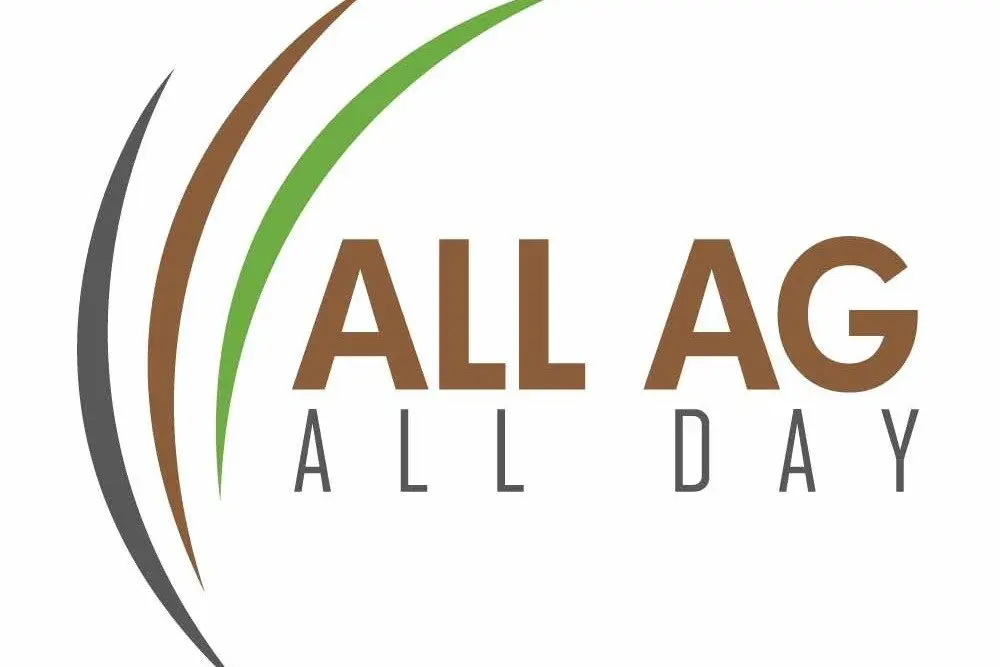
All Ag, All Day is the nation's only full-time farm radio station with studios in Floydada and Nashville, TN (www.AllAgNews.com)
Federal Reserve Cuts Rates To Ease Farm Credit
WASHINGTON, DC – The Federal Reserve lowered its benchmark interest rate by a quarter of a percentage point on September 17, marking the first cut of 2025. Chair Jerome Powell said the move was a “risk management” step to support the labor market while inflation remains above target. The Fed also raised its 2026 inflation outlook, signaling persistent cost pressures across the economy.
For agriculture, the modest cut should slightly reduce borrowing costs on operating loans, land notes, and equipment financing, giving some relief to producers under heavy debt loads. At the same time, input costs for fuel, fertilizer, and labor remain elevated, limiting overall margin gains. A softer U.S. dollar could lend support to farm exports, but trade demand remains the dominant driver for prices.
Farm-Level Takeaway: The Fed’s rate cut offers limited relief for farm credit costs, but persistent inflation keeps input prices high. Farmers may find refinancing opportunities, though cash-flow discipline remains critical.
**********
Transportation Costs Shift Corn And Soybean Export Outlook
NASHVILLE, TN – Transportation costs for U.S. grain exports eased in the second quarter of 2025, resulting in lower landed costs for most routes and increased inspection volumes. USDA’s Agricultural Marketing Service reported that Gulf-route transportation costs fell 1% for both corn and soybeans compared to last year, with ocean freight down 24%. Quarter-to-quarter, costs dropped 18% for corn and 22% for soybeans thanks to cheaper trucking and the seasonal reopening of the Upper Mississippi River.
Corn inspections through the Gulf reached 10 million metric tons (394 million bushels), up 43% year over year, while soybean inspections totaled 2.9 million metric tons (106 million bushels), up 7%. In the Pacific Northwest, transportation costs decreased by 7% for corn and 6% for soybeans compared to last year. Inspections there rose to 6.8 mmt (268 million bushels) of corn, up 26%, and 0.2 mmt (7 million bushels) of soybeans, up 222%.
Looking ahead, USDA projects U.S. corn exports in 2025/26 to climb 2% to 73.03 mmt (2.87 billion bushels), while soybean exports are expected to fall 9% to 46.40 mmt (1.70 billion bushels). Analysts say China’s absence from U.S. corn and soybean purchases remains a key uncertainty even as Mexico, Japan, and South Korea continue to anchor demand.
Farm-Level Takeaway: Cheaper freight is helping exports move, especially corn, but weaker soybean demand looms large. Farmers should closely monitor Gulf and PNW flows, as transportation and trade dynamics will set the tone for the new marketing year.
**********
Rural Housing Sees Modest Growth Amid Market Slowdown
WASHINGTON, DC – U.S. housing construction slowed in the second quarter of 2025, with single-family permits declining in nearly every region, according to the National Association of Home Builders (NAHB). Large metro areas posted the sharpest decline at 3.8%, while rural “micro counties” bucked the trend, recording a 1.8% increase — their fifth straight quarter of growth. Collectively, less densely populated regions captured just over 50% of the single-family market share, their highest level since early 2023.
NAHB leaders cite high mortgage rates, labor shortages, and regulatory costs as barriers to new single-family construction. At the same time, multifamily construction has expanded in smaller and rural counties, benefiting from lower land costs and lighter regulations. Small metro outlying areas led with a 22% gain in multifamily permits, while large metro cores posted their ninth consecutive quarterly decline.
Farm-Level Takeaway: While big-city housing starts are slowing, rural and small-market counties are gaining share in both single- and multifamily construction. For rural communities, this shift could mean new housing options for farmworkers and young families priced out of metro markets.
**********
Dairy Markets See Lower Butter And Cheese Prices
NASHVILLE, TN – U.S. dairy markets are under pressure as butter and cheese prices both declined this week, according to USDA and CME data. Butter fell to its lowest level since November 2021 on sharply higher supply, while cheese markets also slid, with analysts noting exports remain competitive. Still, any further weakness could spur renewed domestic demand.
Shell egg prices held steady in most regions, though West Coast markets eased slightly. Supplies have improved, but seasonal demand and rising Highly Pathogenic Avian Influenza (HPAI) cases — eight confirmed by USDA in the past 30 days — are keeping markets firm. Meanwhile, U.S. milk production remains strong, with July output up 3.4% year-over-year —the most significant gain since May 2021 —supported by high butterfat levels.
Farm-Level Takeaway: Farmers face lower returns on butter and cheese, but strong milk production and steady egg demand help balance the market. Disease risks remain a key factor to watch heading into fall.




